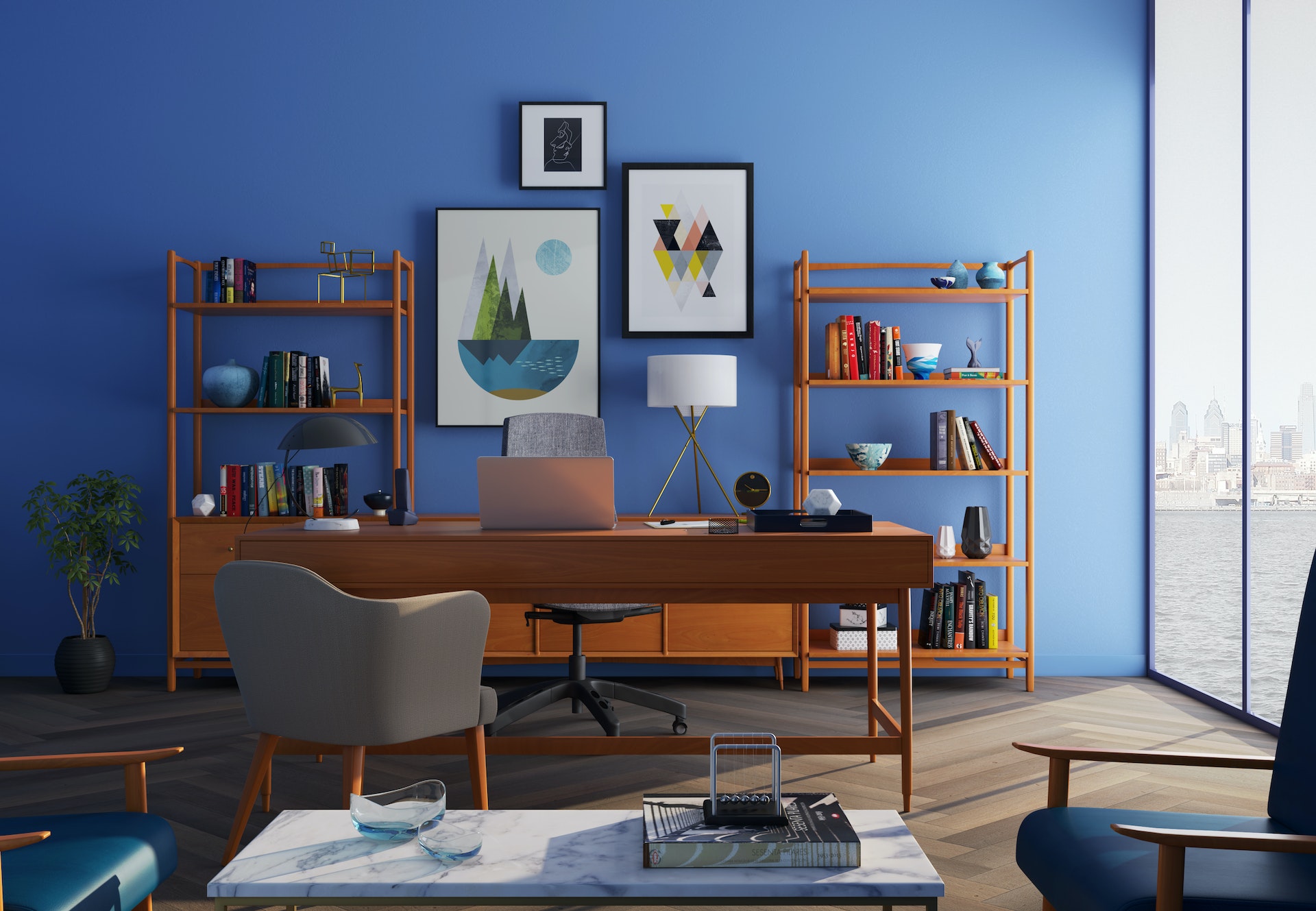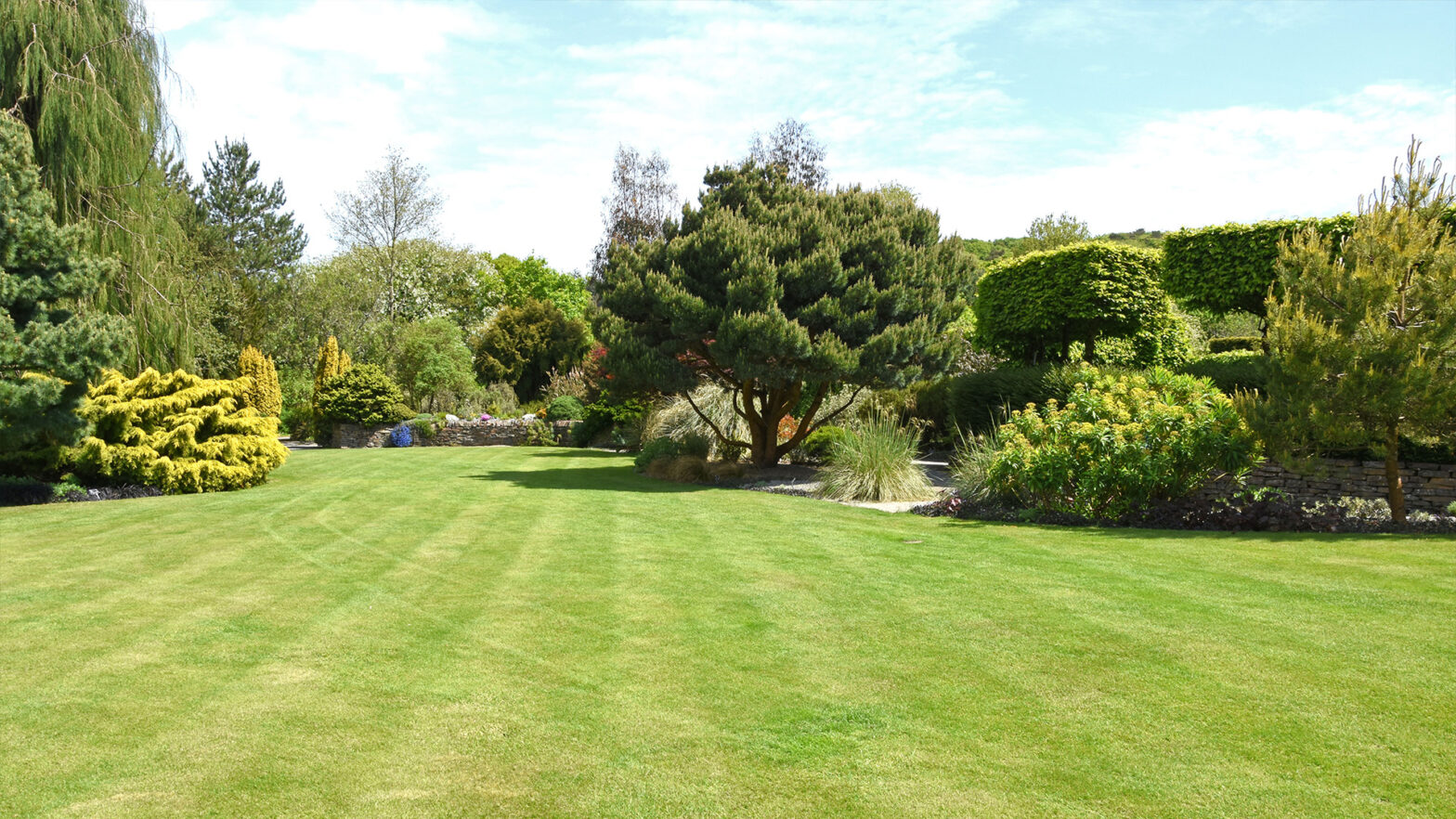We have all experienced moments where we were unable to focus on the tasks in front of us. We might have found we were distracted by other things going on around us or found it difficult to keep our attention on what we were currently doing. There are several reasons we might struggle to focus, which is why it is helpful to know how our brains work.
For example, it can be useful to understand how ADHD in women symptoms vary from having trouble focusing because of clutter or stress. Knowing why we are struggling to focus can help us design a luxurious home office that is set up to work for us. A well-designed office can boost our focus and make it more likely that we will succeed in our careers long term.
General Ways to Rethink Space
Establish Work Zones
A work zone is an area of our home where a collection of visual cues directs us to perform a specific activity, such as housework or office work. For example, studies have shown that sitting next to a plant stimulates creativity. If our job requires creativity, such as if we work in communications, we might fill our office with some succulents to help keep the creative juices flowing.
Understanding Where We Do Tasks
To make completing a task easier, certain zones should be set up where we actually perform a task. If we do a lot of mailings, having our stamps, return address labels, label printers, paper, and pens all in one spot would be useful. Having everything in one location minimizes the distractions that come with having to gather everything we need for a task every time we need to do it. If we want to motivate ourselves to do something, we should remove all physical barriers to doing it.
Other Factors Might Make Focus Hard
It is sometimes necessary to examine our connection to tasks; it may not be that we are easily distracted; it may have more to do with how the task makes us feel. For example, if working in an open-concept office is too noisy and produces sensory overload, we could try noise-cancelling headphones and listening to music instead. How well we can focus often comes down to how a space makes us feel.
Distinguish “Clutter in Motion” From “Clutter in Stasis.”
Although clutter is unavoidable, distinguishing between “clutter in motion” and “clutter in stasis” is critical. When an object is out of place for so long that we no longer notice it, it becomes a permanent fixture and becomes “clutter in stasis.” This is the difference between having documents on our desk that we haven’t gotten around to filing and having papers on our desk that have been there for months and we have entirely forgotten about. While we may not be consciously aware of the “clutter in stasis” around us, it might be difficult to focus.
Shelving As Storage Space
It is critical that we use our available space wisely. One way to accomplish this is to place shelves on our walls. This creates storage space without taking up any floor space. This is especially handy for storing various office things in a visible location. Hanging shelves also make it simple to access stored objects, eliminating the need to search through boxes or containers. Hanging shelves on our walls, whether traditional or floating, is a practical way of saving room in a small space.
Using Baskets and Containers
Organisation is essential when it comes to filling spaces. As a result, baskets and containers are ideal for storing stuff. We can keep books, documents, and office supplies organized and out of the way by storing them in baskets. This can help us maximize our space while also making it easy to find what we need when we need it.
Using Monitor Stands to Improve Our Posture
Posture is critical when sitting at a desk. Poor posture can make us feel unproductive and make it difficult to concentrate. Monitor stands are an easy method to enhance our posture. Such stands raise our monitors to eye level. This means we can sit properly in our chairs without straining our necks or back by looking down or up.





















